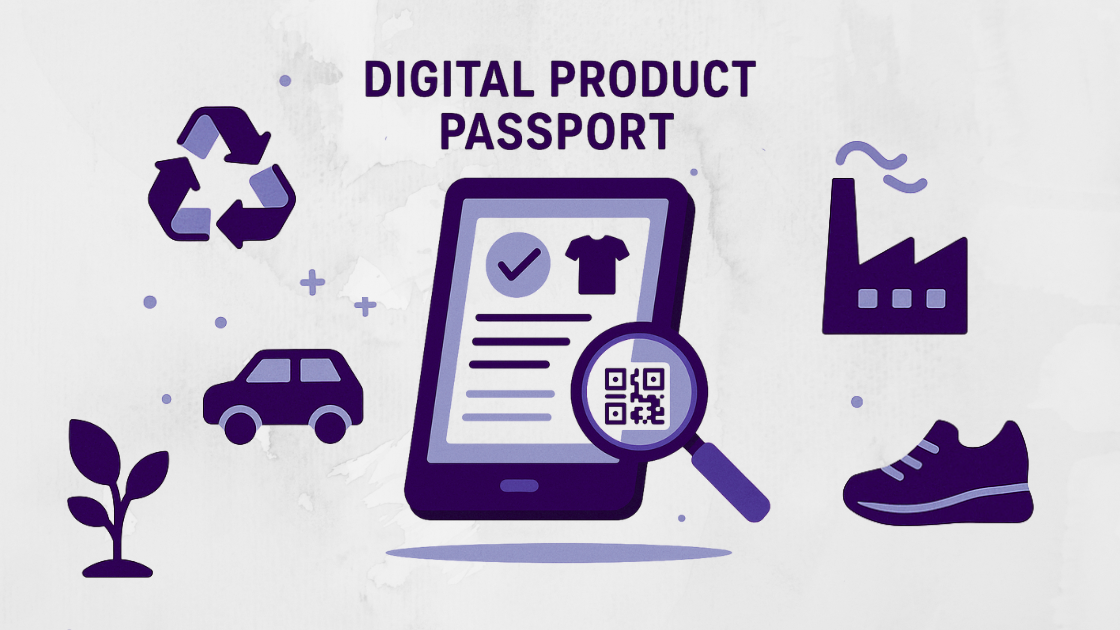Extreme heat: how to prepare your business
In recent years, the weather has been breaking records. For example, 2023 was the hottest year ever. This increase in extremes affects everyone, including your business and your employees. We explain how you can prepare.

Extreme heat
Recently, we have seen the growing impacts of extreme heat in the news worldwide. Heat deaths are becoming more frequent, with around 60,000 people dying from extreme heat in 2022. The UK roads are melting, and a yellow heat health alert was issued not too long ago. As such, temperatures are higher than ever. Every month, there is a new world temperature record. Since this is such an urgent issue, it is best to be prepared for these situations. Imagine a three-week heatwave with temperatures exceeding 40 degrees. Can you maintain our usual level of operation?
Impact on SMEs
Heat affects everyone, including your business and your employees. Potential impacts on your company include:
1. Lower physical and mental work capacity
After just one hour of exposure to heat, your muscles can overheat, reducing your body's performance. This has physical and mental consequences, as your ability to concentrate decreases with heat.
2. Loss of productivity
Research shows that as many as 30% of employees who experience heat stress are less productive. Reduced concentration and fatigue make both physical and mental work more difficult.
3. Potential health problems employees
The Health and Safety at Work Act 1974 states that the workplace temperature should not harm employee health. Reduced concentration increases the risk of occupational accidents. Besides problems with concentration, you may also suffer from fatigue, headaches, and dizziness. Overheating, heat exhaustion, and heat strokes are also significant risks associated with extreme heat.
4. Equipment malfunctions and energy consumption
High temperatures can overheat your equipment, leading to malfunctions and higher maintenance costs. Additionally, devices can generate a lot of heat. Air conditioning and refrigeration equipment also use more energy during heat waves, leading to higher energy costs.
5. Supply chain delays
Heat can cause supply chain disruptions in several ways. For example, heat can damage asphalt, making transportation more difficult. Trucks or other vehicles can also overheat, possibly causing delays.
%2520EN.png)
What you can do
There are several measures you can take to reduce the negative effects of prolonged heatwaves:
1. Climate control
Ventilate at the coldest hours of the day by opening windows and doors. At the hottest hours of the day, keep everything closed. Or even better, insolate your work environment and keep the heat out and the coolness in!
2. Think of your employees
Keep your employees in mind. For instance, make sure everyone stays hydrated. Especially in a profession where you sweat a lot, it's essential to drink enough water and take salt. Also, allow for extra breaks; 2 to 5 minutes an hour can boost your employees' productivity and health. In addition, work in safe but breathable and light clothing and schedule the most difficult (physical and mental) tasks during the cooler times of the day.
3. Equipment and energy management
Ensure regular inspection and maintenance of equipment to prevent overheating. Turn off or move away heat-producing devices (if possible) to keep the work environment as cool as possible. Even when devices are on standby, they consume energy and produce heat. So, use them as little as possible and unplug them when not in use. Optimise energy use and consider renewable energy options to save costs.
4. Strategies and planning
Create a heat plan for your company. Identify the risks of prolonged heat and how your company can prepare for it or how you need to act. Inform your employees about this plan and how to protect themselves from these risks.
5. Supplier risk management
Identify the risks in your company's supply chain. For example, what could happen if it's very hot for weeks? Identifying your risks and mitigants will help you avoid surprises.
With Eevery, you can prepare your business for climate change impacts and improve its sustainability. Our platform helps you identify risks and implement practical solutions. Start using Eevery today and prepare your business for a sustainable future. Contact us now.



